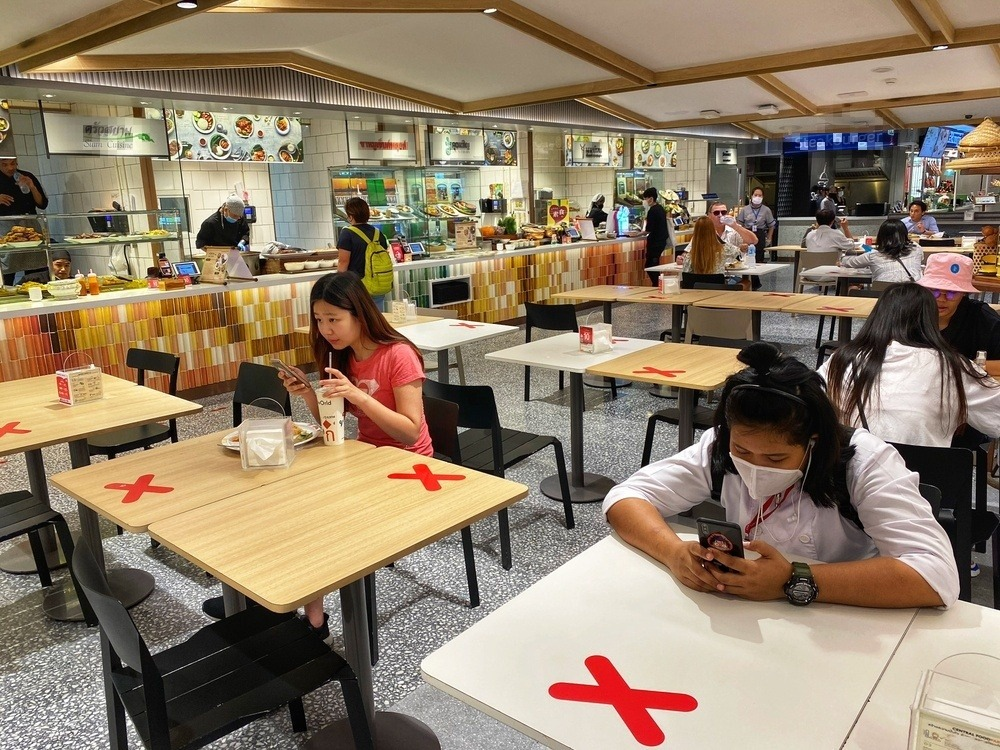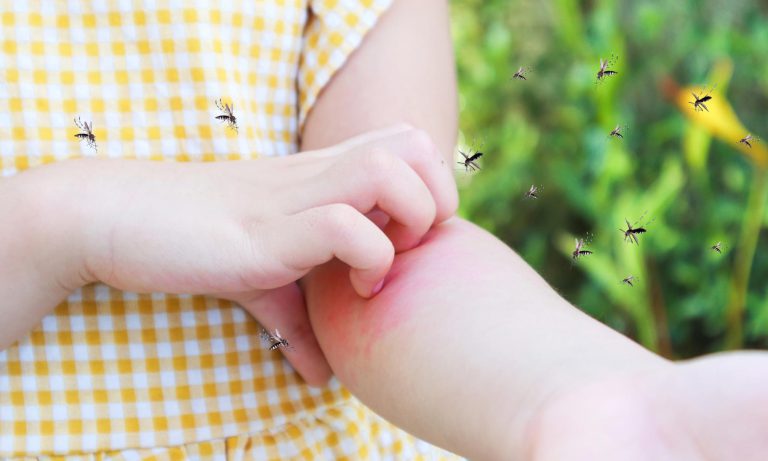As some regions in the country begin to enter General Community Quarantine (GCQ), it is clear that the “new normal” is set to change every aspect of public life—from working conditions and office spaces to social activities and common areas. Dining experiences in restaurants and other food establishments are no exception.
The Danger Is Still Out There
Until experts can create an effective vaccine against COVID-19, venturing out into the public—much less dining out—is still a health risk. Some possible pathways of infection include:
-
Poor ventilation
-
Unprotected close contact with service staff
-
Violation of social distancing
-
High-traffic surfaces
-
Shared condiments and dining ware
-
Diners without face masks
Safety Tips When Dining Out
While avoiding public spaces is still the surest way to stay safe from the disease, part of the “new normal” is finding new ways to adapt everyday practices to the current situation. Keeping these risks in mind, here are some pandemic safety tips for dining out.
1. Continue wearing face masks and shields
Even if eating and drinking require diners to remove their masks, wearing a mask and a face shield are still sound practices. These items can still minimize exposure to infectious droplets while in public. Additionally, a face shield can offer some protection from these particles with little to no hindrance to the dining experience.
2. Clean your hands frequently
Minimizing the risk of infection includes maintaining good hygiene practices. When dining out, keep hands clean by frequently washing them and using hand sanitizer or alcohol wipes. This should be done after using the restroom and before touching the food and utensils. Diners can also disinfect shared items with wipes if they are unsure of the cleanliness.
3. Avoid touching your face
In addition to hand hygiene practices, avoid touching the face, eyes, nose, and mouth while at the restaurant. Since COVID-19 is transmitted through the mucous membranes, contact on these areas after handling shared items, dining ware, or high-traffic surfaces may cause infection.
4. Make reservations ahead of time
As more people begin to venture out of their homes, restaurants and dining establishments can end up overcrowded beyond the allowable capacity and turn away patrons to maintain distancing within the premises. Making a reservation ahead of time helps avoid this predicament by securing a dining spot, thereby reducing time spent in line and exposure to other people.
5. Opt for outdoor seating (al fresco dining)
Whenever possible, request to be seated outdoors. Given that COVID-19 is airborne, indoor seating may put people at further risk due to the lack of ventilation in enclosed spaces. Additionally, the air conditioning inside can recirculate infectious particles. Outdoor seating offers better air quality which allows these viral particles to dissipate quickly.
6. Dine out in small groups
In light of the virus’s transmission rates, going out in big groups—especially with people who aren’t from the same household—is not advisable. A group of six (6) people is the recommended maximum size when dining out. Ensure that everyone in the group is wearing the proper protective gear and maintain appropriate distancing at the restaurant.
7. Minimize table service
Decreasing contact with the service staff can help lessen the potential for exposure to the virus. The best ways to keep table service to a minimum are by placing the orders in one go and requesting used dining ware to be bussed once the meal is over.
8. Avoid sharing food
Sharing food can potentially expose people to pathogens and increase their risk unnecessarily. Aside from food, refrain from sharing condiment bottles, utensils, and other dining ware. This is applicable even when eating out with people from the same household. Here’s a quick tip: bring your own utensils if possible.
9. Keep dining time short
Pre-COVID-19, people spend more time dining out. However, prolonged exposure can lead to an increased risk of contracting the virus. To counter this, keep mealtime and overall visit as short as possible. The recommended duration is around an hour or less.
Staying Safe in the “New Normal”
As health experts work towards finding a cure for COVID-19, the best protection anyone can have is knowledge. Being familiar with the risks under the “new normal” and how to mitigate them can go a long way in staying safe and healthy.
For any COVID-19-related concerns, infectious diseases, and other health issues, contact Makati Medical Center today.











